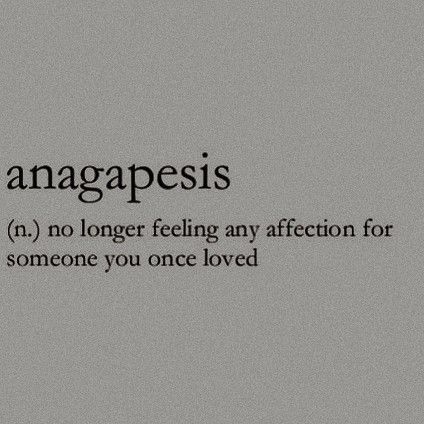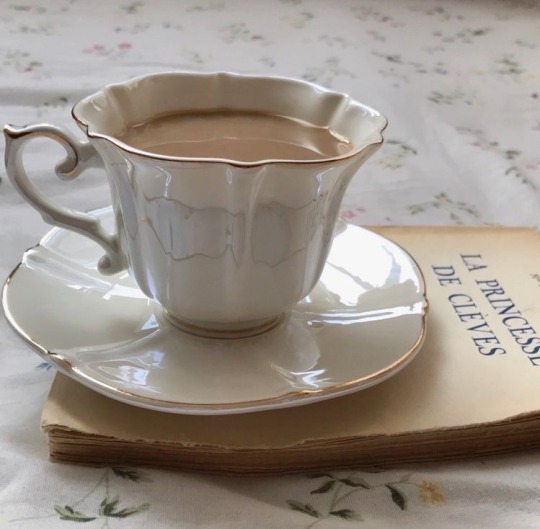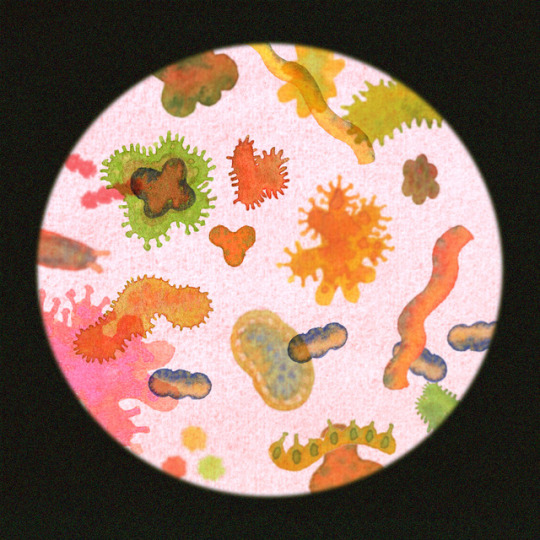Text
scientists in the 1990s, putting a Get More Purple gene attached to a harmless plant virus into an already purple petunia: please get more purple
the petunia, sensing an apparent honest to god Get More Purple Disease, using the previously undiscovered RNAi antiviral ability to shut down all other purple genes along with it just in case: you put VIRUS in petunia? you infect her with the More Purple?? oh! oh! her children shall bloom white! jail for mother, jail for mother for One Thousand Years!!!!
199K notes
·
View notes
Text
Book I’m reading: Sweet clover actually contains a naturally occurring aromatic compound known as coumarin, and can be used as a natural sweetener similar to vanilla.
Me: neat!
Book: ....but should you ingest any sweet clover that is moldy, a chemical reaction occurs where it becomes dicoumarol, which is a blood thinner that is used in rat poison.
Me: neat!
6 notes
·
View notes
Text








Sometimes it's about playing a poor hand well.
~Donna Tartt, The Goldfinch
2K notes
·
View notes
Link
The increasing amount of plastic being added to our environments has created intense selection pressure for microbes that can break down plastic for energy.
Looking at environmental DNA samples, researchers have found 30,000 different enzymes capable of digesting different types of plastic. Almost 60% did not fit into any known enzyme types.
While previous plastic-eating microbes had primarily been found in garbage dumps or recycling plants (locations with very high levels of plastic), the enzymes in this study were collected from soil and ocean water throughout the world, meaning this phenomenon is even more widespread than we thought.
The goal is to utilize these enzymes for more efficient recycling–essentially breaking plastic down into its basic building blocks to reduce or even eliminate the need for new virgin plastic. An enzyme created in 2020 is already being used to recycle plastic bottles in only a couple of hours.
Thanks to the anonymous individual who sent this in!
12K notes
·
View notes
Text
ONE OF MY FRIENDS JUST SENT ME A VIDEO THAT ENTIRELY ENCOMPASSES MY HUMOUR AS A CHEM MAJOR AND I HAVE TO SHOW YOU GUYS
6 notes
·
View notes
Text
should be able to leave kudos on scientific studies. i liked your paper dude keep at it
91K notes
·
View notes
Text
i have a HUGE question: can i both believe in mystical explanations for things as well as science-based explanations? it seems contradictory to believe in both
2K notes
·
View notes
Text
"Are you more artistic or scientific" science is art and art is science bitch
72K notes
·
View notes
Text









"There are plenty of ways to die, but only love can kill you and keep you alive to feel it." - Leo Christopher
1K notes
·
View notes
Text
Tight Junctions
Here, we will cover what tight junctions are, their components, and their importance.
Tight junctions are a specialized cell junction that are particularly important in epithelial cells. They serve as a contact site that seals the gaps inbetween epithelial cells, which are important for cell anchoring but more importantly, maintaining cellular barriers and apical-basolateral polarity.
In other words, tight junctions regulate paracellular transport, acting as physical fences. As such they provide a selective barrier for extracellular fluids, which can maintain the blood-brain barrier for example, but also regulate the movement of molecules between cells.
In a real life example, junction integrity can be hijacked by pathogens and viruses, such as the Ebola virus. This virus purposefully targets tight junctions, which breaks them apart and allows all fluid to leak through. This not only includes disrupting the blood-brain barrier, but the leakage of blood cells and extracellular fluid out of the eyes, ears, nose, and other orifices.
We know that there are proteins associated with tight junctions that are important for their function, here we will cover occludin and claudin. Occludin can be identified by the two large “loops” on the outside face of the protein, whereas claudin can be identified by its singular single loop.

Occludin is highlighted to be important for the function of tight junctions due to the structure of it’s 2nd extracellular loop (the one closer to the C end of the protein). By measuring the trans-epithelial resistance between the apical and basal sides, occludin loop 2 is the sequence that disrupts the TER, but not occludin loop 1. As such, the 2nd loop of occludin serves structural importance to the function of tight junctions.
As for claudin, these proteins serve as entry factors for crossing tight junctions. Typically in the epithelial layer, if a white blood cell needed to cross the barrier to reach an area of infection, they would be detected via binding sites to allow extravasation and allowed to cross. However viruses may also hijack these entry factors to break open the tight junctions. For example with West Nile Virus, the virus specifically targets claudins and allow entry across the blood-brain barrier. As such, claudins serve as important barriers for monitoring entry across right junctions.
0 notes
Text
Peroxisomes
Peroxisomes are organelles that serve a variety of important functions in eukaryotic cells. Here, we will summarize their functions and characterization.
Peroxisomes are small, independent single membrane organelles that serve as degradation stations for cellular molecules. Their numbers and composition can vary widely depending on the physiological needs of the cell, but mainly function to carry out oxidative reactions.
As such, they are important in lipid metabolism, such as beta-oxidation of long chain fatty acids. They also control some extent of oxidative stress in the cell, as they are a key controller of reactive oxygen species. However, peroxisomes are dependent on the other organelles of the cell, as they lack a genome and protein synthesis machinery. As such targeting to peroxisomes and peroxisomal proteins are dependent on import machinery of the ER.
The main two signals that have been characterized in peroxisome protein import are:
PTS1: a conserved C-terminal tripeptide sequence (SKL), which is the primary targetting signal used by the majority of matrix proteins
PTS2: a conserved N-terminal nonapeptide with the sequence (R/K) (L/V/I) (H/Q) (L/A), which is used by a smaller subset of matrix proteins
Out of these two signals, two genes that have been identified have been found to control import of either PTS1 and PTS2 proteins: Pex5 and Pex7 respectively. Both of these genes likely encode signal receptors. These complexes also interact with Pex13p/Pex14p, which is considered a docking site for these complexes. The process of peroxisome protein import occurs post-translationally, and doesn’t require unfolding. Both of these proteins are co-transported into the matrix and shuttle between the cytosol and matrix when needed. The import process however, is still poorly understood.
0 notes





















